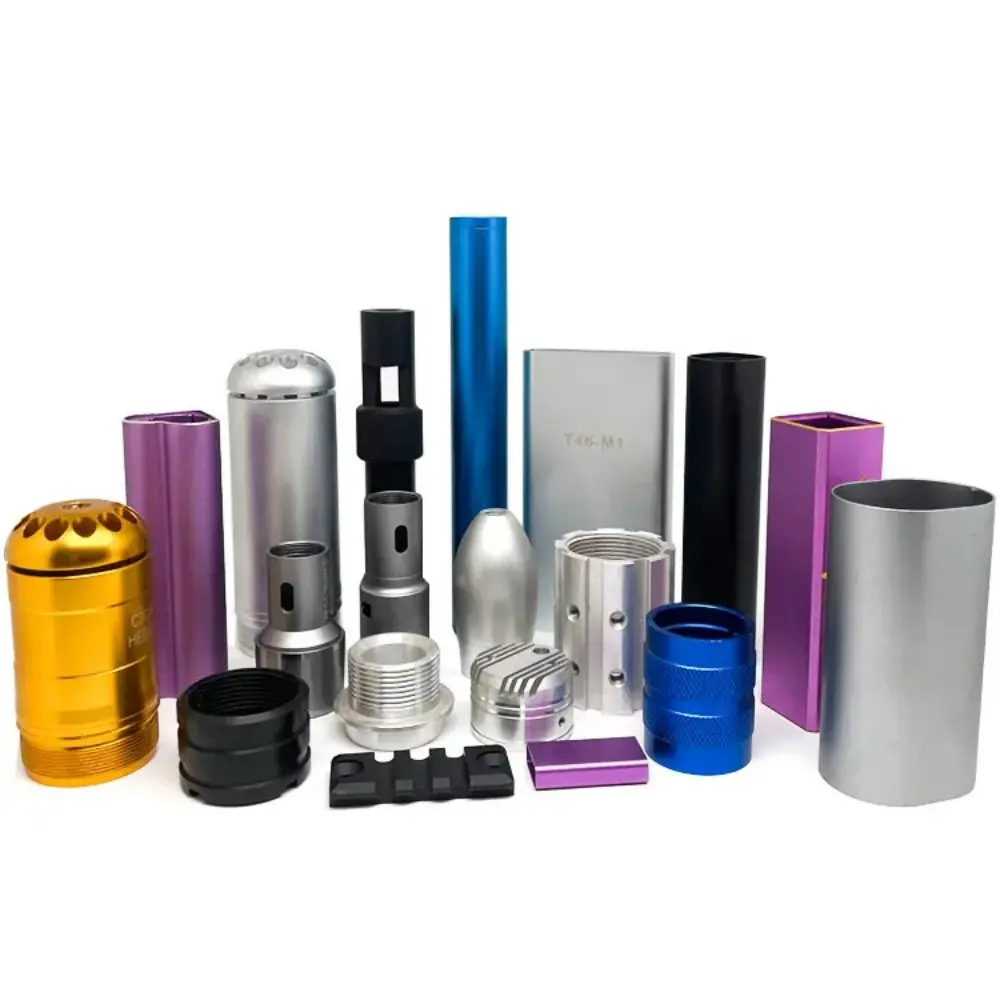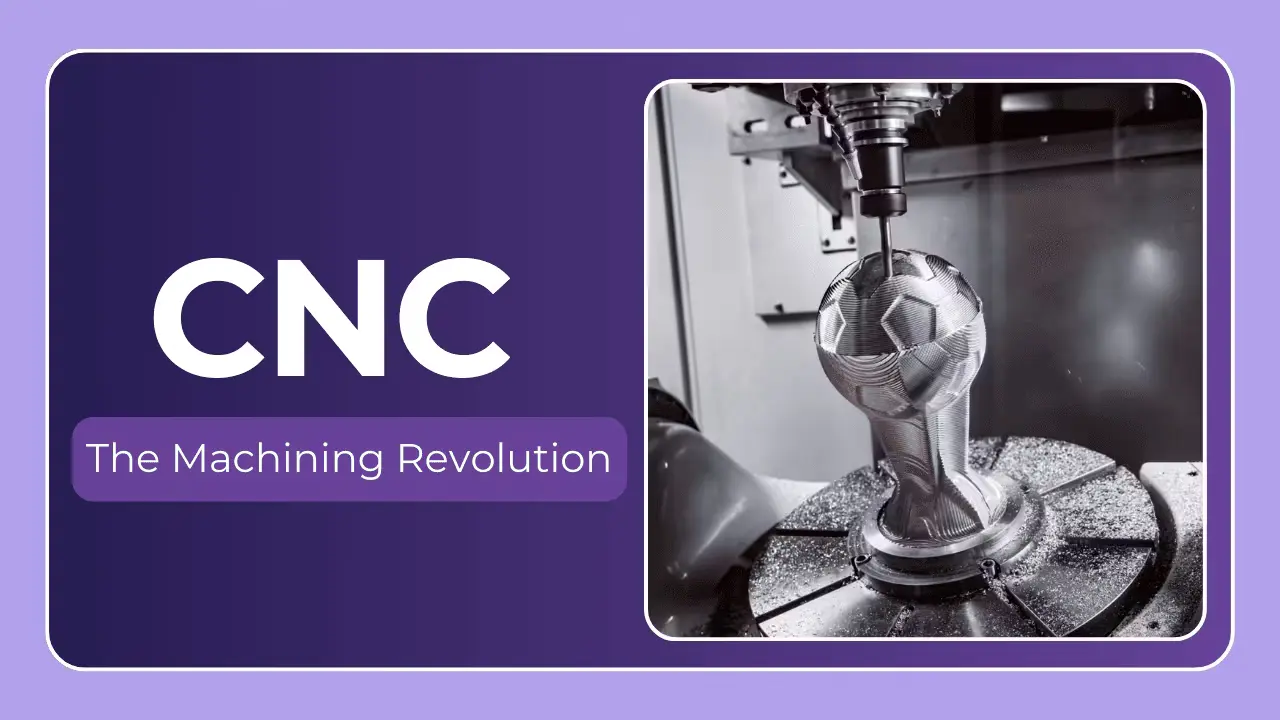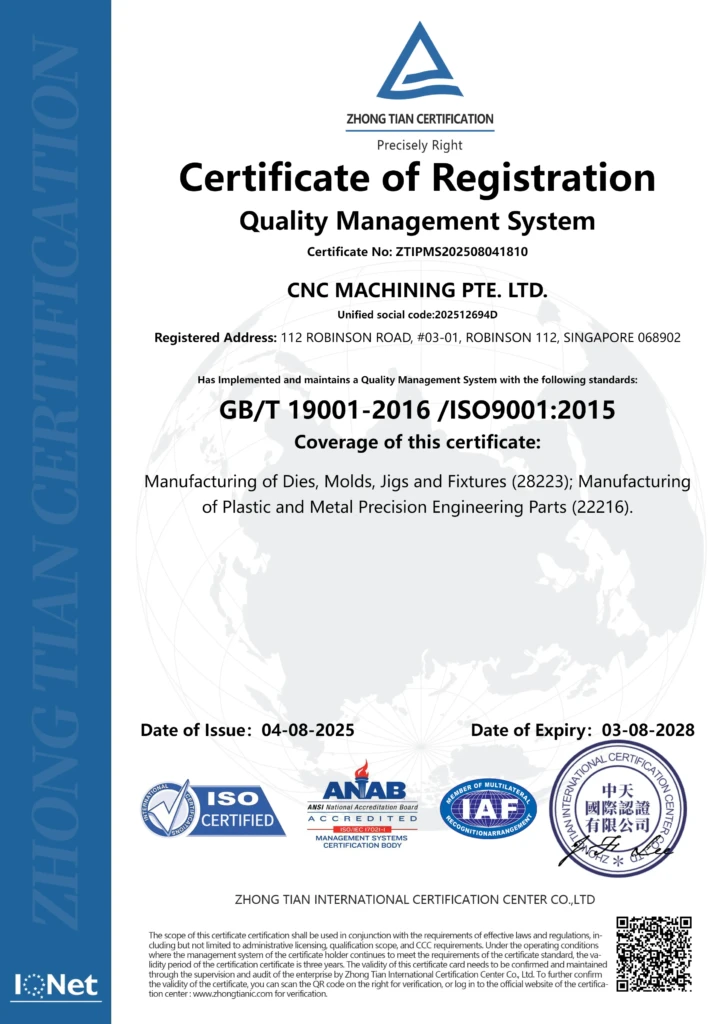Anodizing, Passivation & Plating: CNC Surface Finishing Guide for Durability
In the world of precision manufacturing, the longevity and performance of metal parts hinge on more than just their design or machining accuracy. CNC surface finishing—including techniques like anodizing, passivation, and plating—plays a pivotal role in enhancing durability, corrosion resistance, and functionality. For engineers designing critical components, purchasers sourcing reliable parts, startup owners launching innovative products, or multinational leaders overseeing large-scale production, understanding these processes is key to delivering excellence.
This guide explores anodizing, passivation, and plating as essential CNC surface finishing methods for metal processing products. We’ll break down how each technique works, its unique advantages, and why it matters across industries like aerospace, automotive, and medical manufacturing. As a trusted partner, CNC MACHINING PTE. LTD, a leader in 5-axis CNC machining, offers one-stop solutions to meet your finishing needs—ensuring your parts perform at their best.
What is CNC Surface Finishing?
CNC machining delivers unparalleled precision in shaping metal parts, but the raw surfaces left behind can be prone to wear, corrosion, or environmental degradation. CNC surface finishing steps in to address these vulnerabilities, enhancing both the functional and aesthetic properties of components. By applying techniques like anodizing, passivation, or plating, manufacturers can tailor surfaces to withstand harsh conditions, improve longevity, and meet specific industry standards.
The three standout methods we’ll cover are:
- Anodizing: An electrochemical process ideal for aluminum, creating a robust oxide layer.
- Passivation: A chemical treatment that boosts stainless steel’s natural corrosion resistance.
- Plating: A metal-coating technique that adds hardness, conductivity, or visual appeal.
Let’s dive into each method to see how they transform metal parts into durable, high-performance solutions.
Anodizing: Strengthening Aluminum for the Long Haul
Anodizing is a cornerstone of CNC surface finishing for aluminum parts, prized for its ability to enhance durability and resist corrosion. This process uses an electrochemical reaction to thicken the metal’s natural oxide layer, making it tougher and more resilient than untreated aluminum.
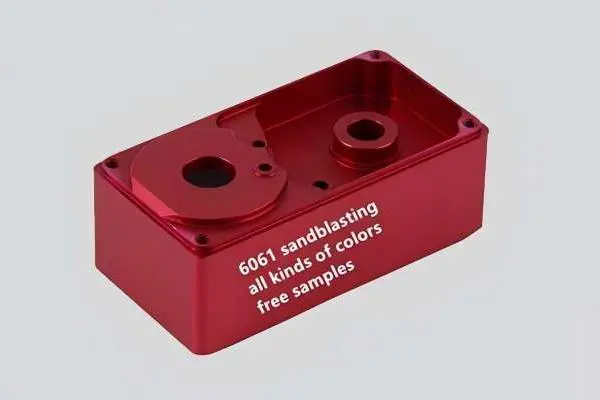
How Anodizing Works
- Cleaning: The aluminum part is meticulously cleaned to remove dirt, oils, or machining residues.
- Electrochemical Bath: It’s submerged in an electrolyte solution (typically sulfuric acid), and an electric current is applied, triggering oxygen ions to bond with the surface.
- Sealing: The resulting oxide layer is sealed—often with hot water or a chemical solution—to lock in its protective qualities.
Key Benefits of Anodizing
- Superior Durability: The anodized layer is significantly harder than raw aluminum, resisting scratches and abrasion.
- Corrosion Resistance: It shields parts from moisture, salts, and chemicals, extending their lifespan.
- Customizable Aesthetics: Anodizing can incorporate dyes, offering colors like black, blue, or gold for branding or design purposes.
Real-World Applications
- Aerospace: Lightweight, anodized aluminum components like brackets and housings endure extreme conditions without compromising strength.
- Automotive: Engine parts and exterior trim benefit from anodizing’s heat resistance and polished look.
- Electronics: Smartphone casings and laptop bodies rely on anodizing for CNC machined parts to achieve a sleek, scratch-resistant finish.
For businesses needing reliable anodizing services for CNC machining, CNC MACHINING PTE. LTD delivers precision-finished aluminum parts that balance performance and style.
Passivation: Unlocking Stainless Steel’s Full Potential
Stainless steel is renowned for its corrosion resistance, thanks to its chromium content. However, machining can introduce surface contaminants—like iron particles—that undermine this property. Passivation restores and amplifies stainless steel’s protective capabilities, making it a vital CNC surface finishing technique.
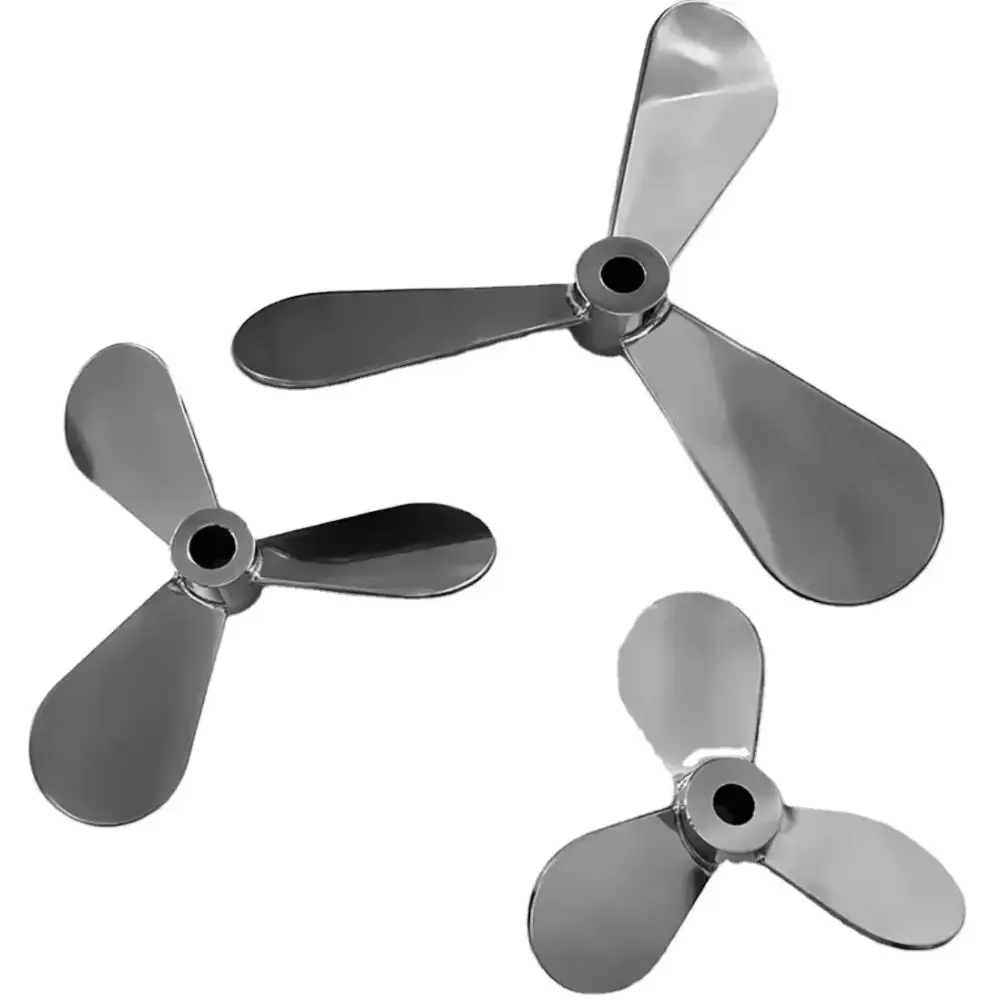
How Passivation Works
- Surface Prep: The part is cleaned to eliminate grease, oils, and debris from machining.
- Acid Treatment: It’s immersed in a nitric or citric acid bath, which dissolves free iron and enhances the chromium oxide layer.
- Final Rinse: The part is rinsed and dried, leaving a passive, corrosion-resistant surface.
Key Benefits of Passivation
- Enhanced Corrosion Protection: Removing contaminants prevents rust, even in harsh environments.
- Surface Cleanliness: Essential for applications requiring sterility, like medical or food equipment.
- Preserved Dimensions: Unlike coatings, passivation doesn’t add thickness, maintaining tight tolerances.
Real-World Applications
- Medical Manufacturing: Surgical instruments and implants undergo passivation for stainless steel to ensure biocompatibility and durability.
- Aerospace: Fasteners and fittings resist corrosion in high-altitude or humid conditions.
- Marine: Parts exposed to saltwater—like boat hardware—rely on passivation for longevity.
CNC MACHINING PTE. LTD’s passivation services ensure your stainless steel components meet stringent performance and safety requirements.
Plating: A Versatile Shield for Metal Parts
Plating takes CNC surface finishing to another level by depositing a thin metal layer—such as nickel, chrome, or zinc—onto a part’s surface. This technique enhances a wide range of properties, from wear resistance to electrical conductivity.
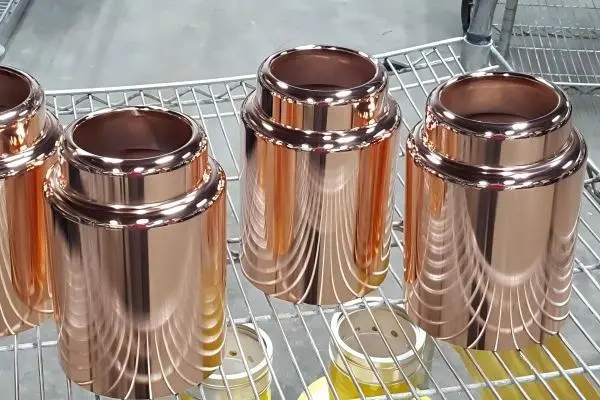
How Plating Works
- Pre-Treatment: The part is cleaned and sometimes etched to ensure the plating adheres properly.
- Electroplating Process: It’s placed in an electrolyte solution with the plating metal, and an electric current drives the deposition.
- Post-Processing: The part is rinsed, dried, and often polished for a smooth, uniform finish.
Key Benefits of Plating
- Wear Resistance: A plated surface withstands friction and abrasion better than the base metal.
- Corrosion Protection: Metals like zinc or nickel act as a sacrificial layer, guarding against rust.
- Functional Enhancements: Gold plating boosts conductivity, while chrome adds a mirror-like shine.
Real-World Applications
- Automotive: Chrome-plated trim and nickel-coated engine parts combine durability with aesthetics.
- Electronics: Plating for CNC machined parts like connectors ensures reliable electrical performance.
- Industrial Tools: Plated surfaces extend the life of machinery components in rugged environments.
With CNC MACHINING PTE. LTD, you get access to a variety of plating options for CNC machining, customized to your project’s needs.
How to Choose the Right CNC Surface Finishing Technique
Picking the ideal finishing method requires balancing material properties, application demands, and project constraints. Here’s what to consider:
- Material Compatibility: Anodizing suits aluminum, passivation excels with stainless steel, and plating works across multiple metals.
- Environmental Exposure: Will the part face moisture, chemicals, or extreme wear? Corrosion resistance may take priority.
- Performance Goals: Need conductivity, hardness, or a specific look? Each technique offers unique strengths.
- Cost and Compliance: High-end finishes like gold plating cost more, while industries like medical may mandate specific processes.
Quick Comparison
| Method | Ideal Material | Primary Advantage | Top Industries |
|---|---|---|---|
| Anodizing | Aluminum | Durability, corrosion resistance | Aerospace, automotive |
| Passivation | Stainless Steel | Corrosion resistance, hygiene | Medical, marine |
| Plating | Various Metals | Hardness, conductivity | Electronics, industrial |
Not sure where to start? CNC MACHINING PTE. LTD’s experts can recommend the best CNC surface finishing services for your specific goals.
Why Partner with CNC MACHINING PTE. LTD?
As a premier 5-axis CNC machining provider, CNC MACHINING PTE. LTD goes beyond precision machining to offer comprehensive surface finishing solutions. Here’s what sets us apart:
- Cutting-Edge Technology: Our advanced equipment ensures flawless machining and finishing.
- Material Versatility: We handle everything from aluminum to titanium with expert care.
- End-to-End Service: From machining to finishing, our in-house process streamlines production and maintains quality.
- Tailored Solutions: Need a specific anodized color or plating type? We customize to your specs.
- Cost Efficiency: High-quality finishing at competitive prices keeps your project on budget.
For businesses seeking CNC machining with surface finishing, we’re your one-stop shop for turning concepts into durable, market-ready products.
Conclusion: Boost Performance with Expert Finishing
Anodizing, passivation, and plating aren’t just optional extras—they’re critical steps in ensuring your metal parts thrive in their intended applications. By leveraging these CNC surface finishing techniques, you can achieve unmatched durability, corrosion resistance, and functionality tailored to your industry.
At CNC MACHINING PTE. LTD, we bring decades of expertise and state-of-the-art technology to every project. Ready to elevate your metal parts? Contact us today to discover how our CNC surface finishing services can make your vision a reality.
Take the Next Step:
📞 Reach out at [+86 180 2915 1310]
🌐 Visit [https://cnc-5-axis.com/anodizing-passivation-plating-cnc-surface-finishing/] for a free quote!


